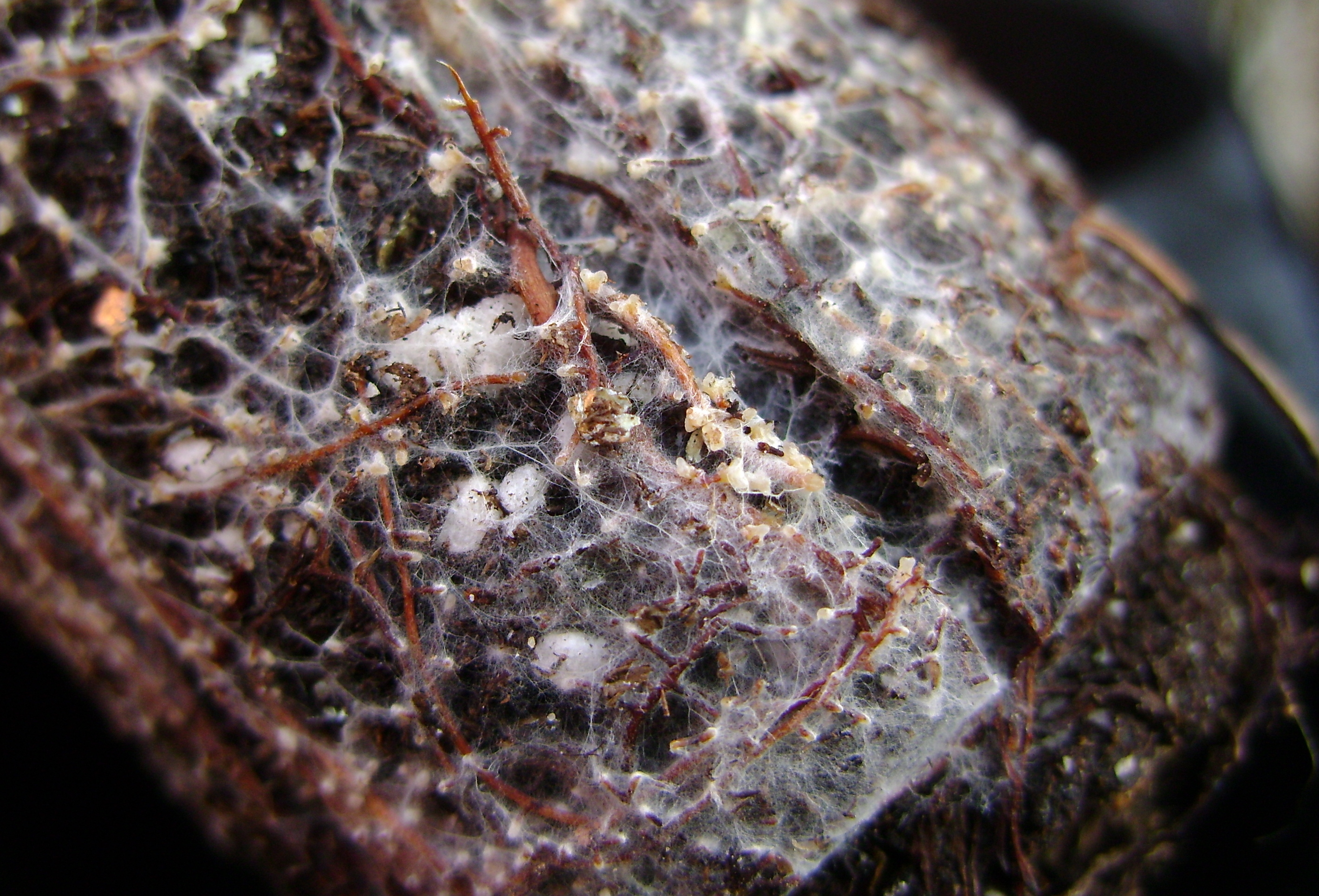Signaling molecules from either plant or fungi are perceived by the other using receptors. Many plants monitor their ecosystem for bacteria or fungi using receptor-kinases, which as cell surface proteins activate a signaling cascade in the cell to change it’s function in some way. Research groups continue to unearth various themes on this mechanisms for plant/mycorrhizal communication.
One model, identified Lipochitooligosaccharides (LCO) as signal molecules used by nitrogen fixing bacteria (rhizobia) to alter how plant roots form a symbiotic relationship. Communication using LCOs allows plants to gain nitrogen from soil bacteria and bacteria to gain carbon in the form of plant sugars. Similar molecules are excreted by arbuscular mycorrhizal (AM) fungi. This research noted that a mixture of sulphated and non-sulphated lipochitooligosaccharides (LCOs) secreted from the AM fungi, Glomus intraradices, stimulated root branching and growth in the legume Medicago truncatula. Apparently, the diffusible chemicals activated plant root genes that code for a series of receptor kinase. In M. truncatula, rhizobium LCO secretions also stimulate the same symbiotic pathway. The researchers found this signaling effect active in diverse plant species.
In other experiments, scientists found a hydrolase protein (D14L), which functions deep within the cell, modulating plant communication with AM fungi. This receptor had originally been characterized as a receptor for Karrikin, a plant hormone produced when plant material is burned. In species such as eucalyptus and the tobacco family, this hormone detects smoke and stimulates seed germination after fire has decimated an ecosystem. It allows those plants, known as fire chasers, to outcompete in the newly altered environment. What is particularly interesting – the same protein is part of early plant developmental interaction with light, and may have played an evolutionary role in plant emergence on to land.
So burn a little incense, light a candle, offer up something sweet and see if your mycorrhizal fungus responds. You don’t need to burn down the entire house!
Related articles
- Fungal threads are the internet of the plant world (newscientist.com)